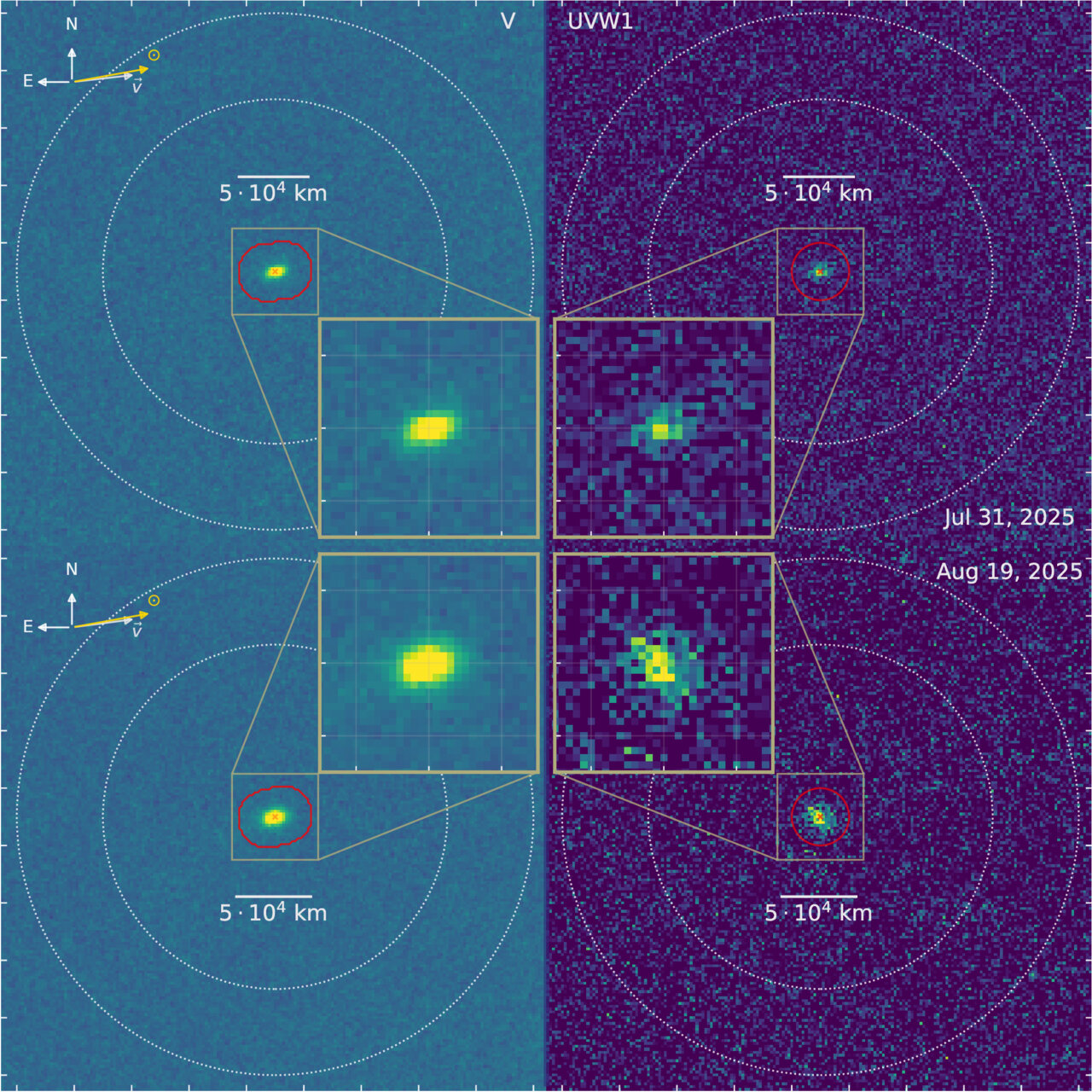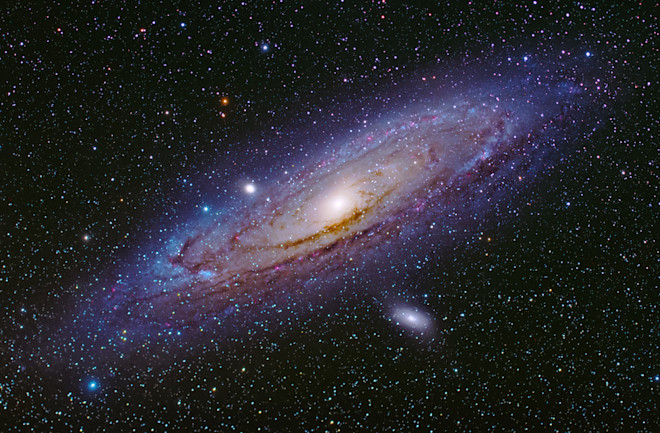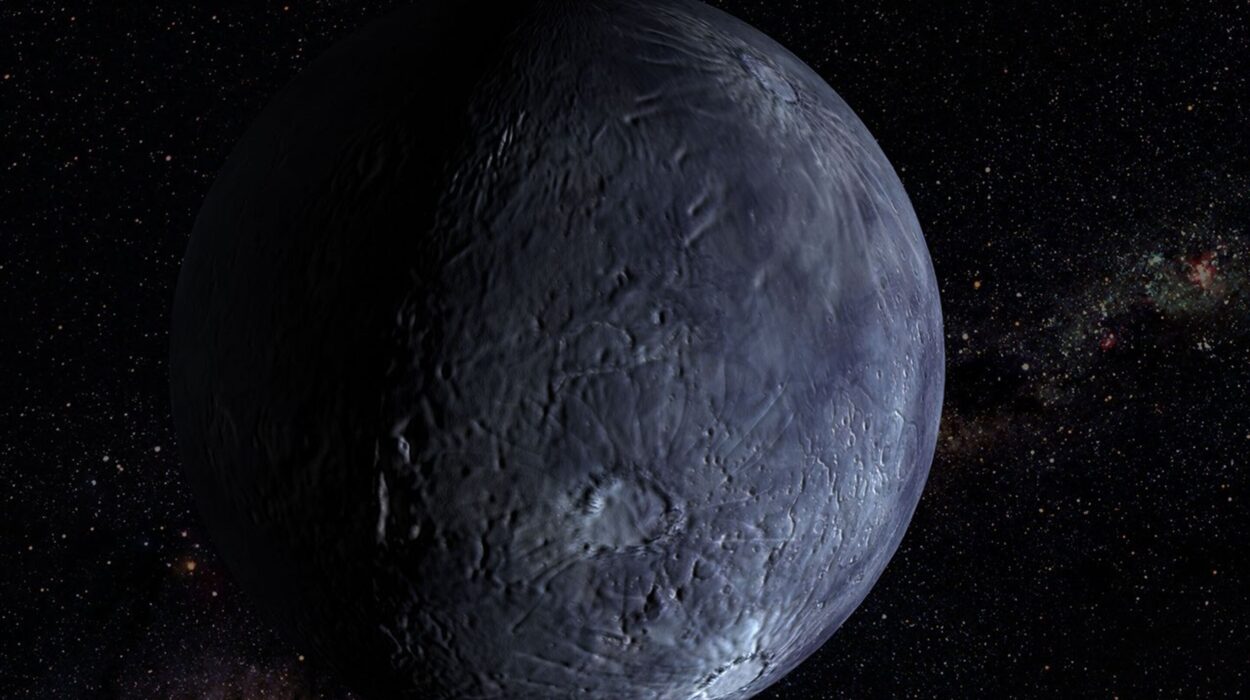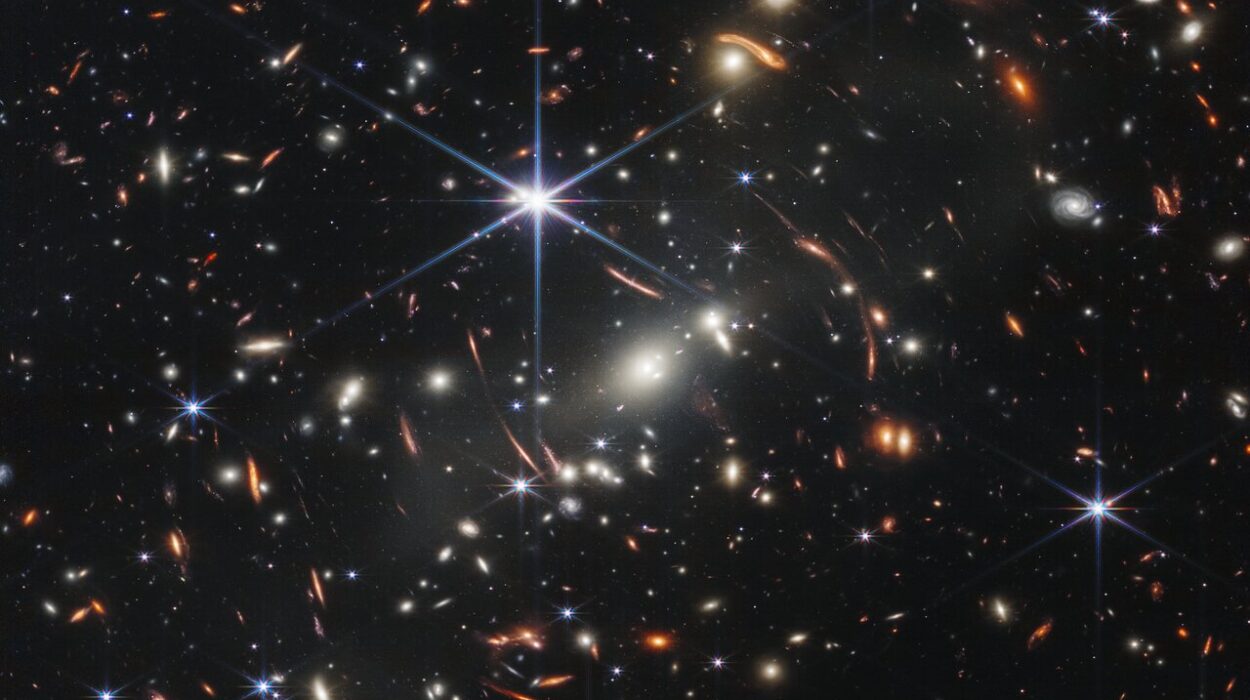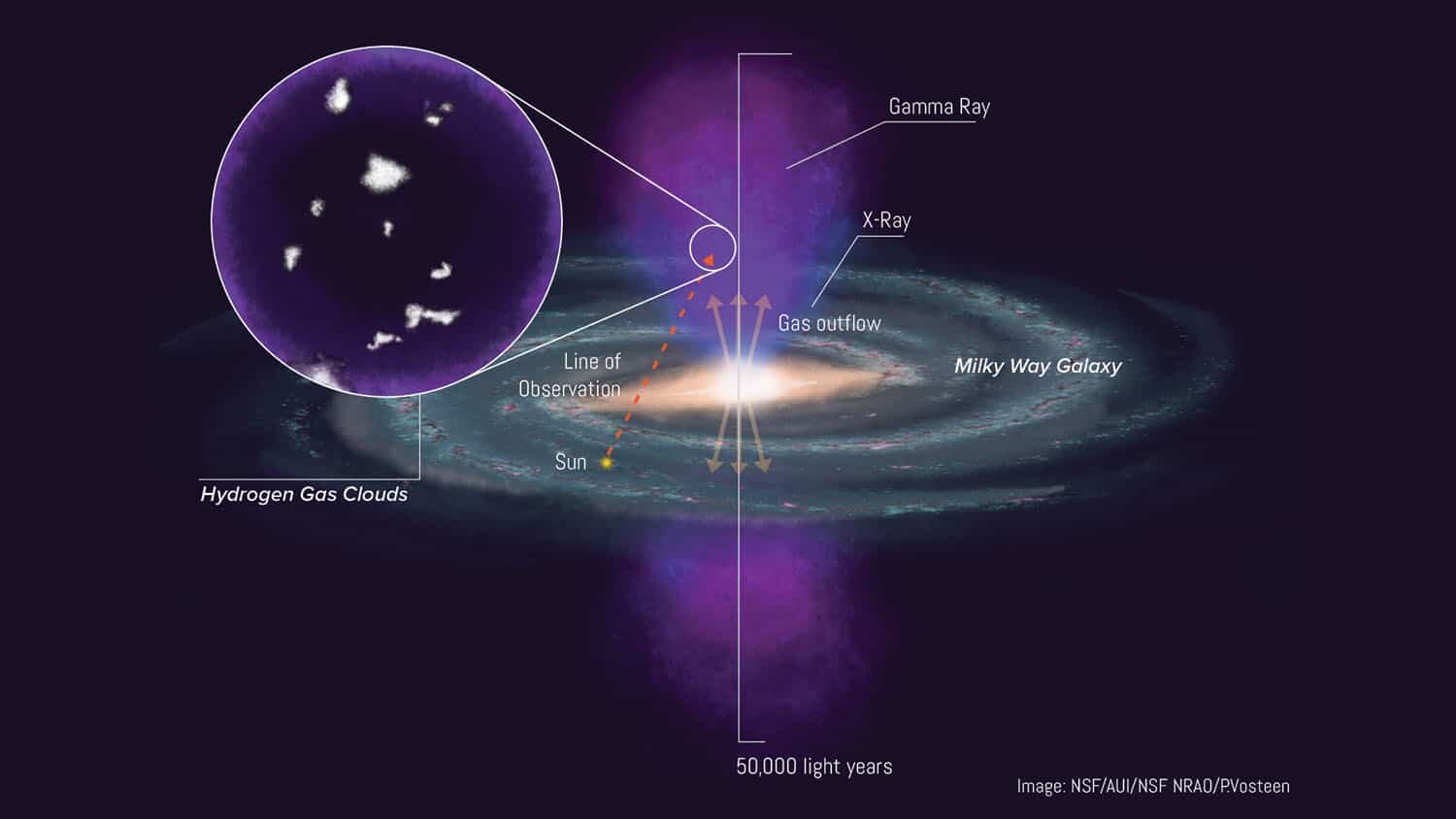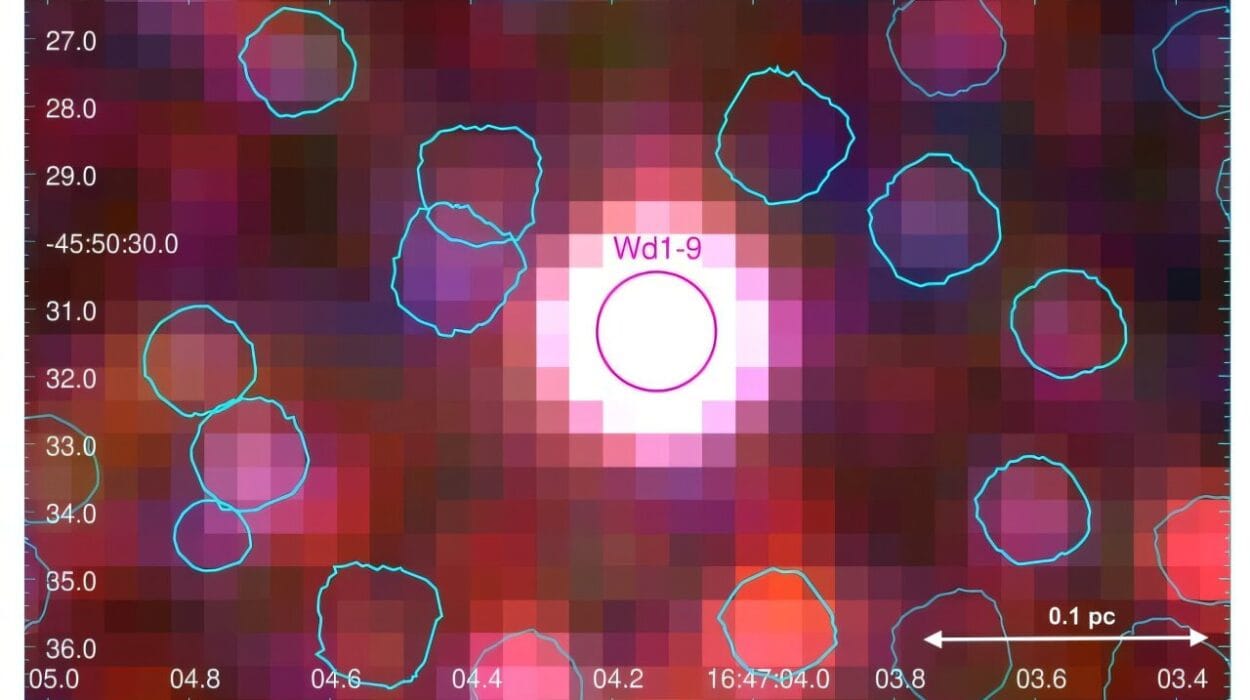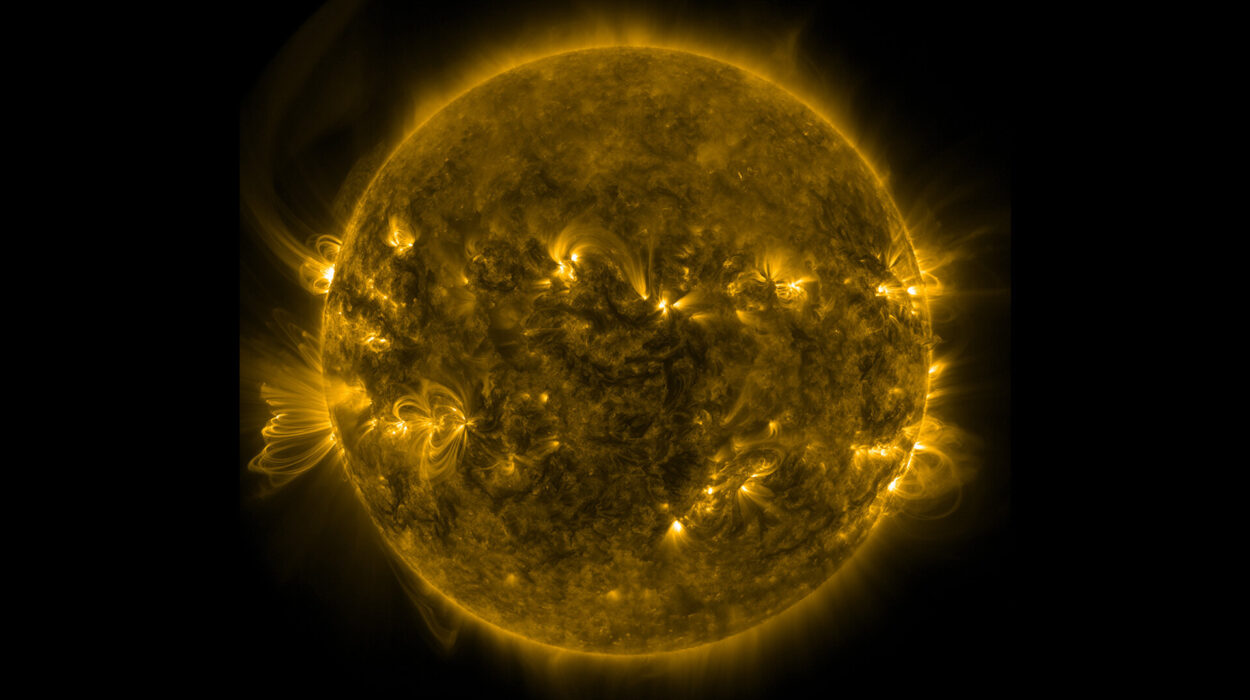For millions of years, a lonely fragment of ice and dust drifted through the dark gulf between stars. It wandered through regions so cold and empty that sunlight was only a distant rumor. Like a sealed bottle cast into a cosmic sea, it carried within it the secrets of another world — frozen stories from a planetary system that formed light-years away.
This summer, that bottle finally washed ashore in our solar system. Astronomers named it 3I/ATLAS, marking it as only the third known interstellar comet ever discovered — a true alien among the countless native wanderers that circle our Sun.
And when scientists from Auburn University turned NASA’s Neil Gehrels Swift Observatory toward it, they found something extraordinary. For the first time, they detected a faint ultraviolet glow from hydroxyl gas — the unmistakable chemical fingerprint of water.
The Light We Cannot See
On Earth, water is so familiar that it almost feels mundane. But in space, finding water — or even evidence of it — is a revelation. It tells us that the building blocks of planets, and perhaps life itself, are not confined to our solar system.
The Swift Observatory, orbiting high above Earth’s atmosphere, was able to see what ground telescopes could not. From space, it captured ultraviolet light that never reaches the surface of our planet — light emitted by hydroxyl (OH) molecules when sunlight breaks apart water vapor.
This faint signal is how astronomers detect water in comets. In the near-vacuum of space, direct water vapor is invisible to most instruments. But its ultraviolet “echo,” in the form of OH gas, glows like a cosmic whisper. To see that whisper from a comet that came from another star is nothing short of miraculous.
Water as the Yardstick of Life
In the study of comets, water is the ultimate yardstick. It defines how active a comet is, how it reacts to sunlight, and how it sheds its ancient ices into space. Every comparison astronomers make between comets begins with measuring water — the foundation of their chemistry and their story.
So when Swift detected hydroxyl around 3I/ATLAS, it marked a turning point. For the first time, scientists could place an interstellar comet on the same scale used to study our solar system’s own icy wanderers. This means that 3I/ATLAS can now be directly compared to comets like Halley, Encke, or NEOWISE — and through those comparisons, we begin to understand how other planetary systems forge their icy relics.
In essence, we have found a bridge between worlds — a chemical link connecting our solar system to another, perhaps long-vanished, sun.
A Surprising Signal from the Cold
What astonished scientists most was not just the detection of water, but where it was found.
The Swift telescope observed hydroxyl emissions when 3I/ATLAS was nearly three times farther from the Sun than Earth — far beyond the region where water ice can easily sublimate, or turn directly from solid to gas. Yet the comet was losing water at an estimated rate of 40 kilograms per second — roughly the output of a powerful fire hose spraying nonstop into the void.
At such a distance, most comets remain silent and frozen. Their surfaces are too cold for water to escape. So what could possibly be powering this unexpected activity?
Researchers believe that the answer lies in tiny grains of ice released from the comet’s nucleus. As sunlight warms these microscopic particles, they slowly vaporize, creating a diffuse cloud of gas that glows with ultraviolet light. This phenomenon — extended sources of water far from the Sun — has been seen in only a handful of other comets and points to complex layers of ice within the comet’s structure.
These layered ices may preserve the fingerprints of the environment where 3I/ATLAS was born — the chemical recipe of another star’s protoplanetary disk.
The Cosmic Chemistry of Comets
Every interstellar comet discovered so far has told a different story.
In 2017, the mysterious object ‘Oumuamua flew through our solar system. It was dry, with no detectable gases, and its unusual shape sparked endless debate — was it a comet, an asteroid, or something stranger? Then came 2I/Borisov in 2019, rich in volatile carbon monoxide, behaving more like a traditional comet but chemically distinct from any we had seen before.
Now, 3I/ATLAS adds water to this growing cosmic catalog. Each of these travelers reveals a new piece of a puzzle — how other planetary systems build, sculpt, and scatter their icy remnants.
These differences suggest that the chemistry of planet formation is wildly diverse. Some systems may be rich in water, others in carbon or ammonia. The balance of these ingredients shapes not only comets, but also planets — determining whether they are rocky and dry or lush with oceans. In this way, every interstellar comet is a sample of another world, a frozen record of its home star’s environment.
A Telescope That Hears the Quietest Echo
The detection itself was an incredible technical feat. NASA’s Neil Gehrels Swift Observatory is not a massive spacecraft by modern standards — its telescope is only about 30 centimeters across, small enough to fit in an ordinary classroom. But its position in space gives it a superpower: freedom from Earth’s atmosphere.
Ultraviolet light from distant objects is almost completely absorbed by the air, so ground-based observatories are effectively blind to it. But Swift, orbiting far above, can see the invisible — catching the delicate ultraviolet signatures that trace molecules like hydroxyl.
In this case, Swift’s Ultraviolet/Optical Telescope (UVOT) achieved sensitivity equivalent to that of a four-meter ground telescope for these wavelengths. Its agility allowed scientists at Auburn to target 3I/ATLAS within weeks of its discovery — before the comet became too faint or too close to the Sun for safe observation.
Through this window, humanity glimpsed something ancient and profound: a chemical whisper from another star system.
Reading a Message from Another World
“When we detect water — or even its faint ultraviolet echo, OH — from an interstellar comet, we’re reading a note from another planetary system,” said Dennis Bodewits, professor of physics at Auburn University. “It tells us that the ingredients for life’s chemistry are not unique to our own.”
That message resonates deeply. The same molecules that give rise to water — hydrogen and oxygen — are universal. They drift in nebulae, condense in young stars, and freeze into the icy grains that seed comets. To find water in a comet from another star system is to glimpse the cosmic common ground that may unite countless worlds across the galaxy.
Zexi Xing, the study’s lead author, put it simply: “Every interstellar comet so far has been a surprise. ‘Oumuamua was dry, Borisov was rich in carbon monoxide, and now ATLAS is giving up water at a distance where we didn’t expect it. Each one is rewriting what we thought we knew about how planets and comets form around stars.”
Each discovery redefines the boundaries of the possible.
The Journey Continues
For now, 3I/ATLAS has faded beyond the reach of most telescopes. But it is not gone. Astronomers expect it to become visible again after mid-November, offering another chance to study how its activity evolves as it approaches the Sun.
The current detection, published in The Astrophysical Journal Letters, provides the first clear evidence that the comet is releasing water far from the Sun’s warmth. It also demonstrates how even a modest space-based observatory can reveal details that transform our understanding of the universe.
Each ultraviolet photon that Swift captured from ATLAS traveled across millions of kilometers of space, carrying within it the signature of alien water — a relic of a system we may never see. Yet through those faint glimmers, we are beginning to compare worlds beyond imagining.
Cosmic Reflections
The story of 3I/ATLAS is more than a tale of data and detection. It is a reminder of how intimately we are connected to the cosmos. Across unimaginable distances, the same chemical patterns — hydrogen, oxygen, carbon — weave the same fabric of possibility. The same ingredients that form oceans on Earth may ripple through the icy crusts of moons, the atmospheres of exoplanets, and the frozen hearts of comets around distant stars.
We often think of interstellar visitors as outsiders — as if they do not belong here. But perhaps they remind us of the opposite. That the universe itself is a shared home, and that every molecule of water, every grain of dust, carries within it a story that began in the same stardust as we did.
When 3I/ATLAS streaked into our skies, it brought with it not just a message from another world, but a reflection of our own beginnings. It whispered of frozen oceans in the dark, of chemistry older than time, and of the enduring truth that life’s ingredients are written across the stars.
Through a faint ultraviolet glow, we heard the voice of another system — and it spoke in the language of water.
More information: Zexi Xing et al, Water Production Rates of the Interstellar Object 3I/ATLAS, The Astrophysical Journal Letters (2025). DOI: 10.3847/2041-8213/ae08ab
